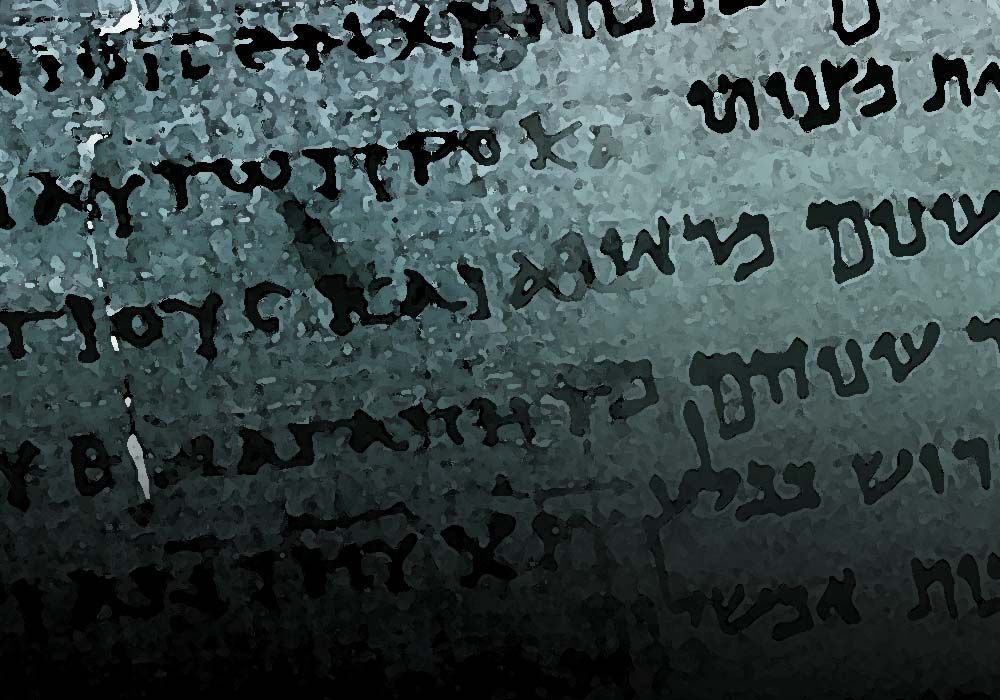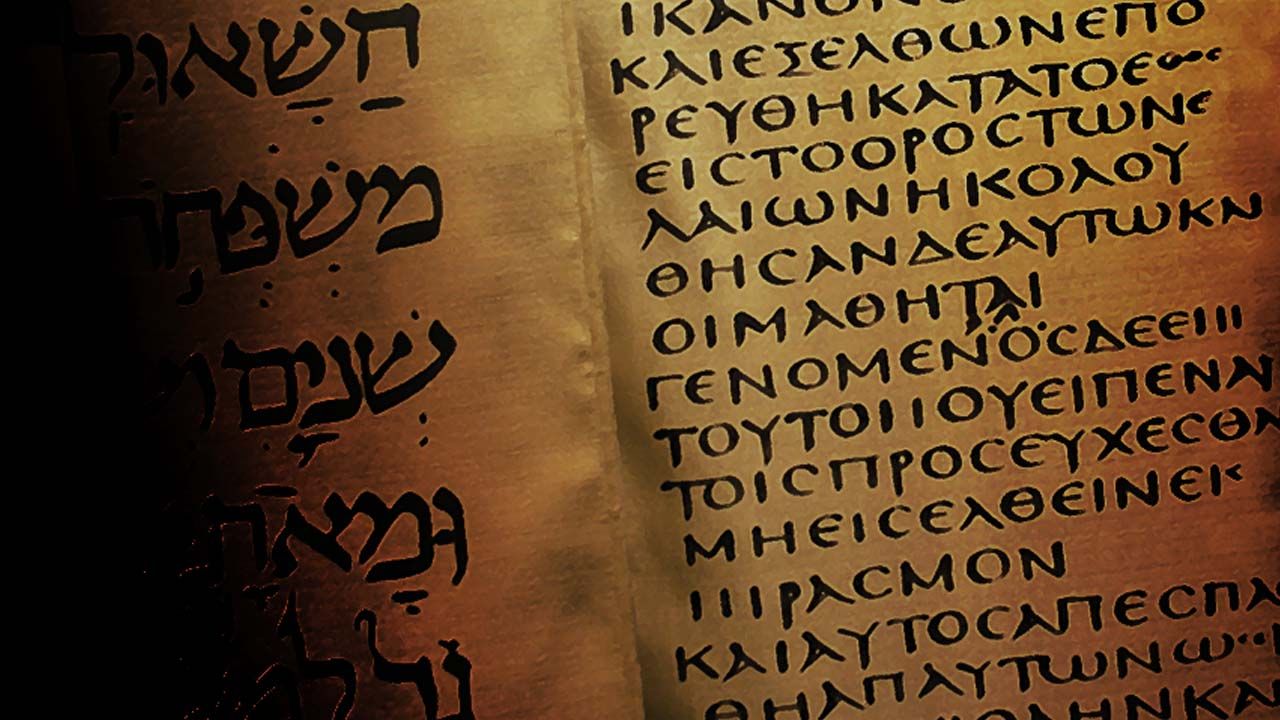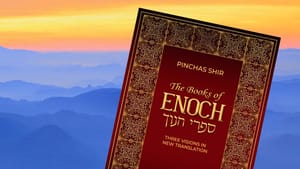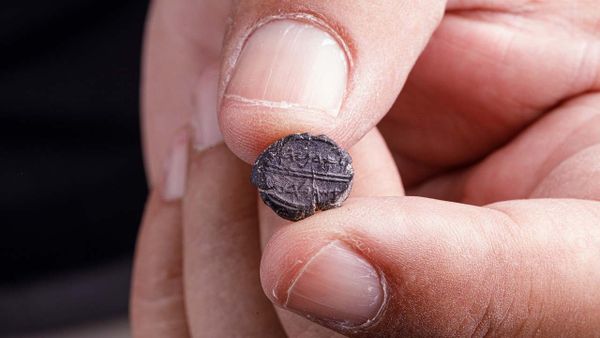A majority of serious students of the Bible realize that what they study is not an English Book. The Jewish Bible was written in Hebrew and some sections in Aramaic. Christian writings were authored in Koine Greek. And Bibles in all other languages are translations of those early originals. One look at an Interlinear Bible should help anyone see the reality.
The need to look at the original usually arises when you study a particular text deeply. And this is where most people run into a problem. They are not sure how to do that. The most popular solution is to look at a concordance like Strong’s (the most popular one). And that means you can sort through all the possible definitions of the original word in question. But even if you use several concordances they barely scratch the surface because their definitions are very short. They can only take you so far. Still, concordances provide a way for someone who does not know Hebrew or Greek to take a look at the original words behind English.
Another excellent tool available to those who are not afraid to dig is an Interlinear Bible. So if learning the original language is out of the question for you a good Interlinear Bible is a great place to begin looking at the original text of the Bible. I will explain how to chose a good Interlinear Bible and how to use it for study.
There are many Bibles that present the original text on one side and the translation on the other. That’s fine, but this is helpful only for someone who already knows Greek and Hebrew. But how would someone who is only learning Greek, for example, be able to find the word “cross” in that Greek text without already knowing the word? So the column with original text is only useful to you if you can read and translate that language. And Hebrew would have the same problem. It works only for those who already know what those words mean.

A better version of an Interlinear Bible for beginners in language is the one which presents the English text directly underneath the original Hebrew or Greek. This way you can see which words in the original correspond to which English words. Or at least you can see which words the translators chose to translate the original. Either way, you can take an original word and look it up in a language dictionary (often called lexicon). The obstacle here is that the word will not appear in the biblical text in its infinitive form. Dictionaries list words in infinitive forms, but in the biblical text, the word will be in its functional form. So you are back to English and you can find an infinitive form using Strong’s Concordance.

There is an edition of an Interlinear Bible which has Strong’s numbers printed directly over the original words. The print is not very large and can be hard to read because it is compiled into one volume. But Green’s Interlinear Bible offers the original Hebrew (Masoretic text) and Greek (Textus Receptus texts) with English directly written under each phrase. The interlinear English text is hard to read because the English words follow the flow of original language grammar. Thus Green augmented it with a literal translation on the side that follows the rules of English grammar.
The most useful and important feature of this interlinear Bible is the Strong’s numbering system. This is the most important feature! These numbers provide those who do not read the original language a direct link to Strong’s Dictionary. This way any words which appear in any grammatical form in the original text can be traced to their dictionary form through the Strongs’ Dictionary, essentially skipping the English index. This Interlinear Bible is a valuable tool for those who do not possess Greek and Hebrew reading skills. But there is so much more. Once you find the dictionary form of any word in Hebrew or Greek you can take it far beyond any concordance. I explain how to do this in another article – Beyond the English Bible III: Lexicon











Member discussion